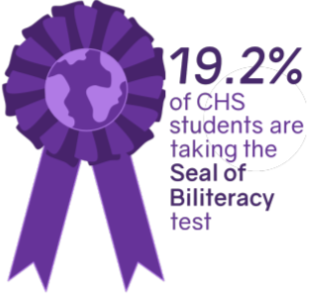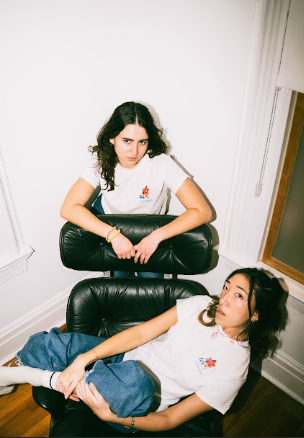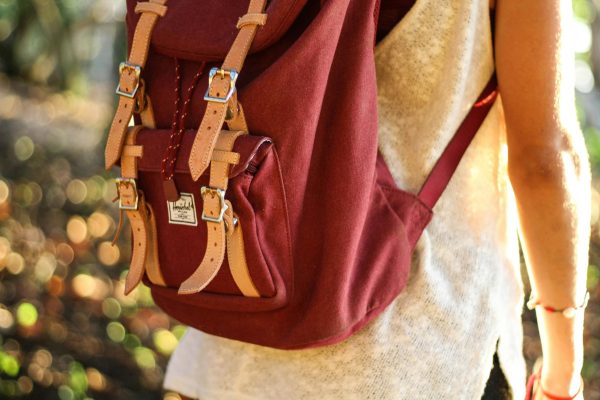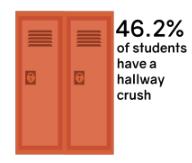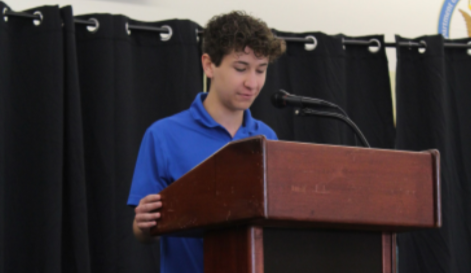Dress code policy debate
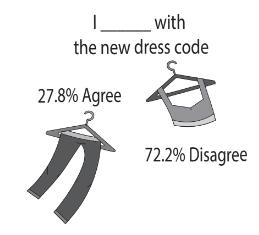
Survey of 54 CHS Students from Oct. 13 to Oct. 21.
November 23, 2022
On the third day of the 2022-23 school year, many students walked through the halls anxiously awaiting comments and criticism. Some wondered, “is the shirt I’m wearing too cropped, are the shorts I’m wearing too short, will this be
the day I finally get dress-coded?”
Less than 24 hours prior, Principal James Gleason informed students that recent changes in the dress code would be strictly enforced from then on.
“My understanding is that the dress code was outdated,” Gleason said. “The district over the last couple of years – and principals – were looking to have it updated.”
The changes declared “midriff exposure” and “visible undergarments” unacceptable. Additionally, shorts, skirts and dresses needed to be below fist length, rather than fingertip length.
According to Gleason’s speech, violating the dress code would be punishable. The consequences would begin with a warning. Then, a student would have to change in order to attend class.
“If [following the dress code] continues to be a problem, it could become disciplinary and could become a detention,” Gleason said. “The dress code is a guideline for everyone to follow and also to not be a distraction by potentially not wearing appropriate clothing”.
Crop tops, shorter shorts and skirts are traditionally feminine clothing, and the dress code directly targets these garments. This reinforces the notion that dress codes focus highly on women’s clothing, as traditionally masculine outfits meet all regulated standards.
“The dress code is more restrictive towards women’s fashion than men’s,” senior Danielle Lirov of Marlboro said.
“For me, [the dress code] is not that restrictive because there wasn’t really anything towards men. It felt very one-sided,” junior Brendan O’Brien of Shark River said.
These attire-based regulations stifle the creativity of some students.
Senior Amanda Riordan of Manasquan finds it “insulting to our school’s fundamental principles that [the officials] would enforce such a restrictive dress code on students who thrive on the creative self expression we find throughout our halls.”
Science teacher Erin Wheeler noticed that “students are more concerned with the dress code this year than previously [because] change is scary, and in the past, the dress code wasn’t limiting.”



